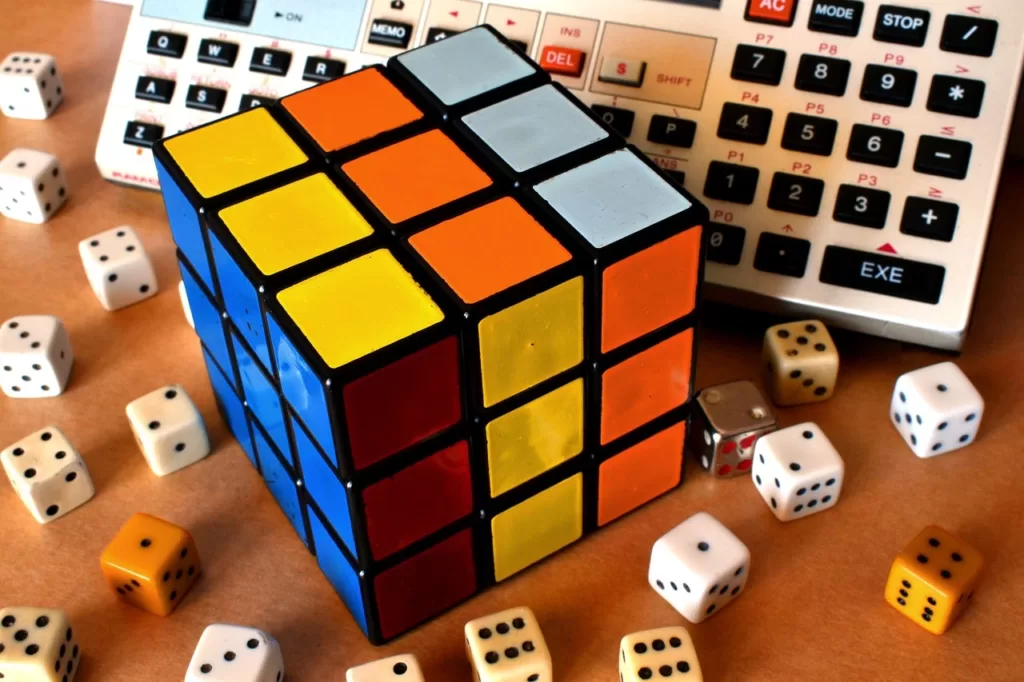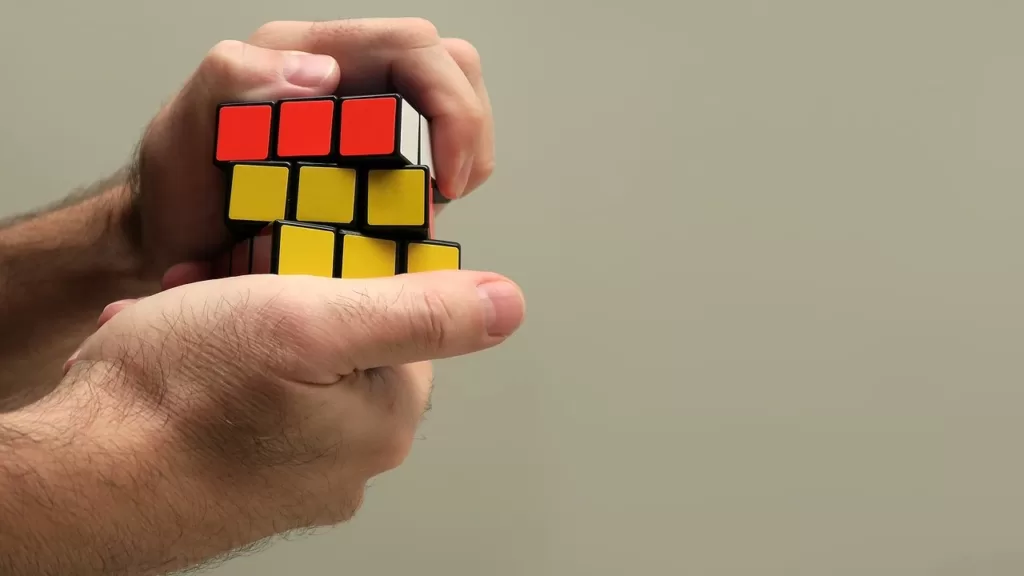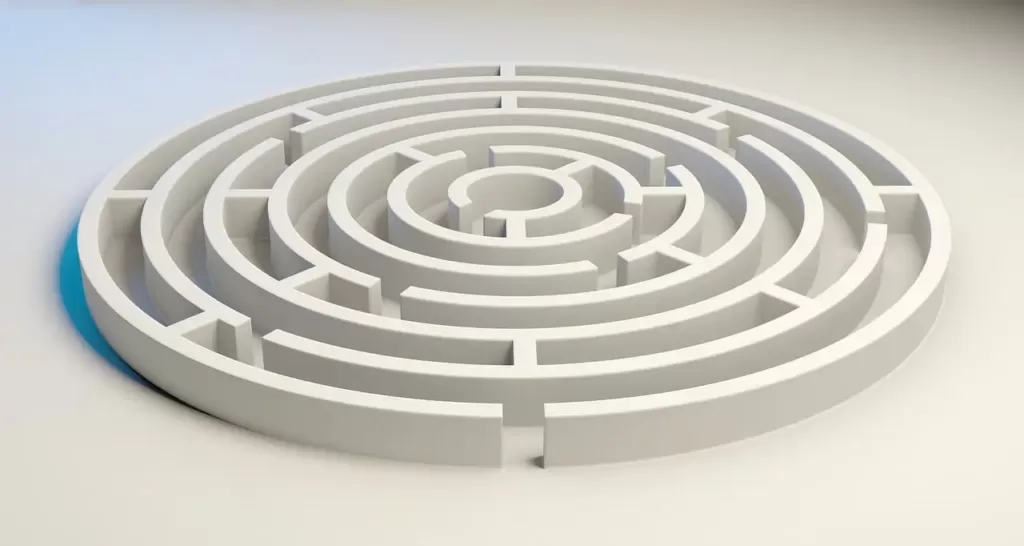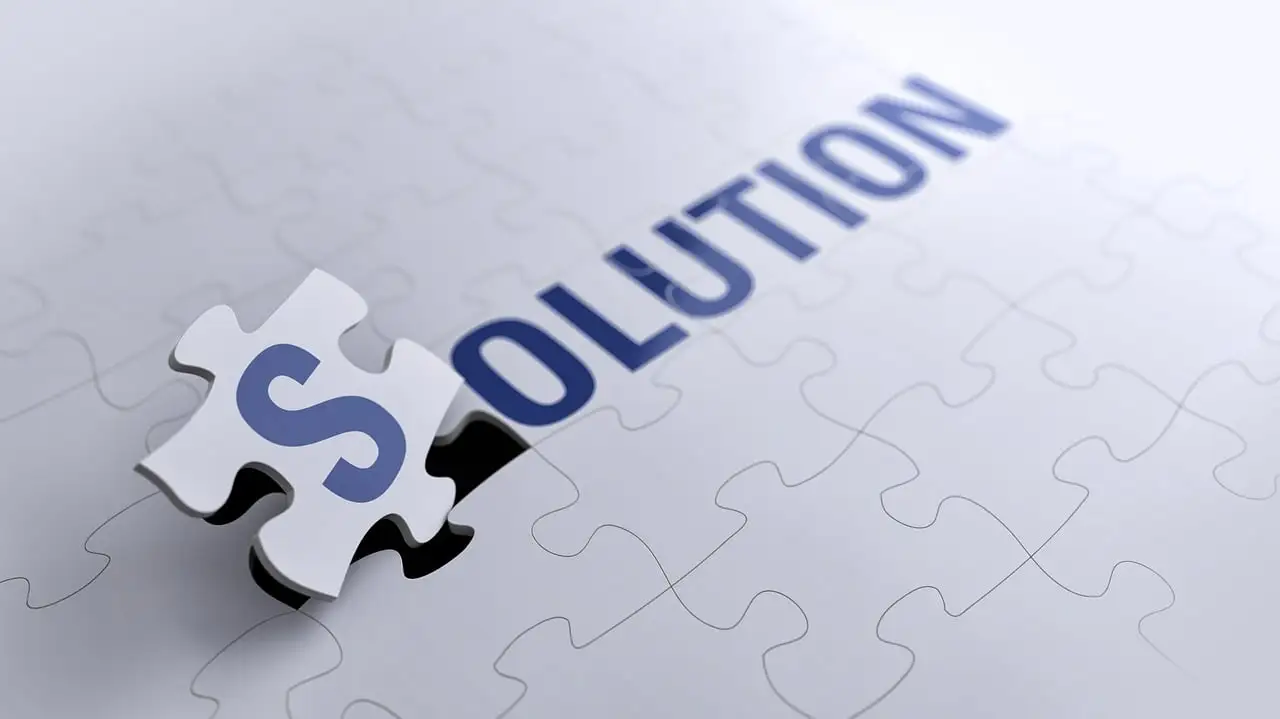Puzzles have a unique allure that captivates minds, inspiring individuals to unlock hidden patterns, connect disparate pieces, and experience the exhilarating triumph of solving complex enigmas. The world of puzzle-solving is a realm where cognitive agility meets creativity, and where patience intertwines with persistence. In this article, we embark on a journey through the multifaceted landscape of puzzle-solving, exploring diverse puzzle types, honing the essential puzzle-solving mindset, utilizing effective tools, and delving into advanced strategies. Whether you’re a novice or an experienced puzzler, this guide will equip you with the knowledge and techniques to conquer puzzles of all complexities.
Table of Contents
Introduction
A. The Art of Puzzle Solving
Puzzle-solving is a cerebral pursuit that requires a unique blend of skills, from logical reasoning to visual acuity. At its core, it’s a form of mental exploration that stimulates creativity and challenges our problem-solving abilities.
B. The Challenge of Complex Puzzles
Assembling a puzzle isn’t merely about connecting pieces; it’s about deciphering intricacies, navigating complexity, and piecing together a larger narrative. Complex puzzles offer a particularly rewarding challenge, testing your patience and perseverance.
C. Why Mastering Puzzle Solving Matters
Beyond the satisfaction of completing a puzzle, mastering puzzle-solving nurtures crucial cognitive skills such as critical thinking, pattern recognition, and attention to detail. These skills have practical applications in various aspects of life.
II. Understanding Puzzle Types

Image by Thanasis Papazacharias from Pixabay
A. Different Types of Puzzles
Puzzles come in a diverse array of forms, each engaging different mental faculties. Let’s explore some of the most popular puzzle types:
1. Jigsaw Puzzles
Jigsaw puzzles involve assembling interlocking pieces to recreate an image, stimulating visual-spatial reasoning and enhancing concentration.
2. Crossword Puzzles
Crossword puzzles challenge vocabulary and wordplay skills, requiring you to fit words into a grid based on given clues.
3. Logic Puzzles
Logic puzzles pose a series of interconnected problems that require deductive reasoning to solve, enhancing logical thinking.
4. Brain Teasers
Brain teasers are quick, clever challenges that encourage creative problem-solving and “thinking outside the box.”
B. Selecting the Right Puzzle for You
Choosing a puzzle that aligns with your interests and strengths ensures an enjoyable and fulfilling experience.
C. Importance of Puzzle Variety
Exploring various puzzle types not only keeps the mind sharp but also helps develop a well-rounded set of cognitive skills.
III. Developing a Puzzle-Solving Mindset
A. Sharpening Your Critical Thinking
1. Analytical Skills
Analytical thinking is central to puzzle-solving, as you break down complex problems into manageable parts.
2. Pattern Recognition
Identifying recurring patterns in puzzle pieces accelerates your solving process.
3. Logical Reasoning
Logical reasoning enables you to make informed decisions about piece placement.
B. Embracing Patience and Persistence
Puzzle-solving requires time and dedication; patience and persistence are your allies.
C. Overcoming Frustration and Mental Blocks
Navigating challenges and setbacks is part of the puzzle-solving journey. Learn techniques to overcome frustration and mental blocks.
IV. Tools for Effective Puzzle Solving
A. Creating a Well-Organized Workspace
A clutter-free and organized workspace enhances focus and efficiency.
B. Choosing the Right Tools
1. Magnifying Glass
A magnifying glass aids in examining intricate details.
2. Sorting Trays
Sorting trays help categorize and manage puzzle pieces.
3. Reference Books and Resources
Reference materials offer valuable insights and guidance.
C. Digital Aids and Puzzle Apps
Digital tools and apps provide virtual puzzle-solving platforms and assistance.
V. Step-by-Step Puzzle Solving Guide

A. Sorting and Grouping Puzzle Pieces
Begin by sorting pieces by edge, color, and pattern.
B. Identifying Key Patterns and Colors
Recognize key elements that form the puzzle’s foundation.
C. Assembling Edge Pieces and Framework
Constructing the puzzle’s border provides a structural basis.
D. Tackling Specific Sections
Focus on individual sections to break down the solving process.
E. Finalizing the Puzzle
Piece together the final segments and bask in the satisfaction of completion.
VI. Advanced Strategies for Complex Puzzles
A. Solving Challenging Sections
1. Sky and Background Elements
Approach visually challenging sections with a systematic method.
2. Intricate Details and Textures
Master fine details by focusing on texture and color variation.
B. Dealing with Monochromatic Puzzles
Strategies for navigating puzzles dominated by a single color.
C. Working with Irregularly Shaped Puzzles
Navigate unconventional shapes by identifying key connectors and patterns.
VII. Collaborative Puzzle Solving
A. Benefits of Solving Puzzles as a Team
Collaborative puzzle-solving fosters teamwork and shared problem-solving.
B. Organizing Puzzle-Solving Parties
Hosting puzzle-solving gatherings creates a fun and engaging social activity.
C. Sharing Tips and Techniques
Exchange insights and strategies with fellow puzzlers to enhance your skills.
VIII. Overcoming Common Puzzle-Solving Obstacles

A. Missing Pieces and Replacements
Tips for managing missing pieces and finding replacements.
B. Dealing with Similar Piece Shapes
Navigating puzzles with pieces that appear similar but have subtle differences.
C. Managing Time and Interruptions
Strategies for balancing puzzle-solving with a busy schedule.
IX. The Therapeutic Power of Puzzle Solving
A. Stress Relief and Mindfulness
Engaging with puzzles can provide a calming and meditative experience.
B. Boosting Cognitive Abilities
Puzzle-solving enhances memory, concentration, and cognitive flexibility.
C. Connecting with Others Through Puzzles
Shared puzzle-solving experiences foster connections and conversations.
X. Frequently Asked Questions (FAQs)
A. How do I start solving a complex puzzle?
Begin by sorting edge pieces and identifying key patterns.
B. What strategies can I use to find edge pieces quickly?
Look for straight edges and corner pieces first.
C. How do I deal with a particularly challenging section?
Break it down into smaller segments and focus on one at a time.
D. Is there a specific order I should follow when solving a puzzle?
Start with the puzzle’s edges, then work on sections with distinctive patterns.
E. What should I do if a puzzle piece is missing?
Check the packaging and contact the manufacturer for replacement.
F. Can puzzle-solving improve my problem-solving skills in real life?
Yes, puzzle-solving enhances critical thinking and analytical abilities.
G. Are there any benefits to solving puzzles with friends or family?
Solving puzzles together promotes collaboration and bonding.
H. How do I stay patient when working on a large and intricate puzzle?
Take breaks, practice deep breathing, and remind yourself of the rewarding outcome.
I. Are there puzzle-solving techniques for visually impaired individuals?
Yes, tactile puzzles and adaptations can be enjoyable for visually impaired individuals.
J. What are some digital tools that can assist in solving puzzles?
Various puzzle-solving apps offer features like piece rotation and virtual assembly.
XI. Conclusion
A. The Satisfaction of Completing a Complex Puzzle
The moment of triumph upon completing a challenging puzzle is immensely satisfying.
B. Continuously Improving Your Puzzle-Solving Abilities
Puzzle-solving is a skill that evolves with practice and dedication.
C. Embracing the Journey of Solving Complex Puzzles
Every puzzle is a journey that stimulates the mind and offers a sense of accomplishment.

